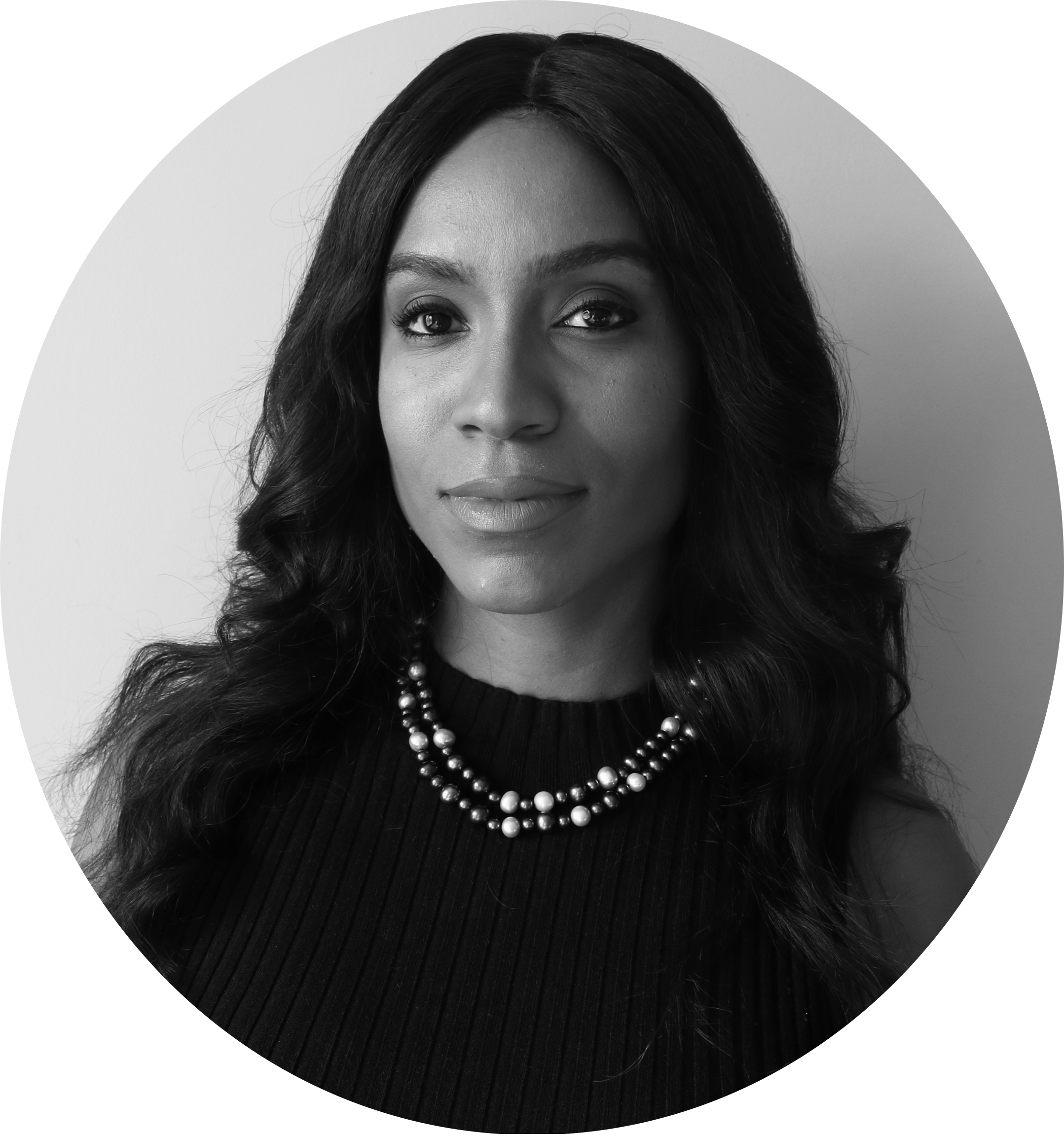Claustrophobic to begin with, Ellerbrock now had to work harder to get through a shift in the growing heat of summer with the new requirement of an added face shield.
“It makes everything worse because it’s harder to breathe and the shield fogs up,” she explained. “It’s rough and I can’t wait to be done.”
Ellerbrock remembers the first time she went out in public with her homemade mask.
“It felt like I was in the Twilight Zone,” she said. “No one looked at each other, and when they did, it was only for a short glance. You can’t see anyone’s smiles unless their eyes smile too. It just feels less human.”
The U.S. Centers for Disease Control and Prevention reports more than 3 million confirmed COVID-19 cases and more than 132,056 confirmed deaths as of July 9.
With so many unknowns about COVID-19, information on mask use is ever-evolving. The CDC recommends that people wear masks in public when it may be challenging to keep a six-foot distance from others to practice social distancing. And on June 5, the World Health Organization updated its own guidelines and recommended mask use in areas of high transmission, such as in public areas that are more populated with people.
With many businesses and cities now recommending or requiring mask use, it’s a good idea to follow this advice in the name of public safety. However, the increasing use of masks may have unintended implications, including the ones Ellerbrock experienced.
Preserving our humanity while covering our faces
According to New York psychotherapist Dana Dorfman, mask use is making us realize the importance of non-verbal communication and how much we communicate through our facial expressions. It’s a challenge to convey our humanity in public when another person we encounter is unable to see half of our face.
But Dorfman said that we can still utilize the exposed parts of our face to communicate, such as by raising our eyebrows or exposing our cheeks.
“We can use the rest of our body to expand our non-verbal cues,” Dorfman told MedTruth by email. “Nodding the head, giving a thumbs up, a wave of the hand may offer a window into your soul also.”
With practice, she said, these actions will start to feel like second nature.
Mental and emotional conditions can affect mask use
Masks are uncomfortable, but Cassandra Pierre, an infectious disease physician at Boston Medical Center, told MedTruth that people tend to get used to them the more they wear them.
However, people with severe anxiety or those who have emotional triggers about health care settings or past traumas may have an especially difficult time navigating public settings.
“This is our brain's built-in protective alert system. When you see something that you associate with previously experienced negative emotions, the brain immediately responds as it had to the previous situation,” Dorfman said.
This sense of “emotional danger,” however, isn’t always accurate. Our brains need to be retrained to perceive masks as protection rather than as a threat that elicits a fear response.
Pierre recommended working closely with a therapist or other health care provider when dealing with past triggers. She acknowledged that for some people, wearing a mask may make mental or emotional conditions worse.
“If you’re unable to (wear a mask),” Pierre said, “then I would say please limit your forays into the public sphere to only essential activities.”
Alternatively, if another face covering is less triggering, it’s better than wearing nothing when you must go out. Pierre suggested that even an industrial face shield might be an option.
What about people with respiratory issues?
Reports of dizziness and lightheadedness from rebreathing your own carbon dioxide when wearing a mask have been circulating in the media. However, there is still air filtering through the mask and not much truth to be found in such claims. Cloth masks made of cotton are the most breathable, but even N95 masks for health care workers won’t cause breathing issues.
While the U.S. National Institutes of Health does warn that breathing in high levels of carbon dioxide can cause serious issues such as headache and vision changes, it’s rare.
Pierre said that cloth and surgical masks don’t provide a tight enough seal around the face to cause drastic increases in carbon dioxide as it escapes out the sides of the mask. For some people, prolonged mask use can cause headaches, but most people are generally not wearing a mask out in public this long anyway.
“Wearing N95 masks for longer periods of time (more than an hour) while engaging in vigorous activity is associated with an increase in expired carbon dioxide, but the clinical significance of this is not known—and no episodes of hypercapnia have been described in these situations,” Pierre said.
The average person wearing a mask for much shorter periods than a health care worker is certainly safe to go about in a cloth mask without worrying about breathing in their own carbon dioxide, she added.
People with physiologically-based breathing problems, such as asthma or chronic obstructive pulmonary disease (COPD), commonly say that their condition is what prevents them from wearing a mask, Pierre said. But these breathing conditions don’t automatically exempt them from wearing one, nor is there evidence that masks can worsen the symptoms of a respiratory condition. She recommended that patients have a conversation with their health provider about their individual circumstances. Overall, the people she encourages to wear a mask report that they’re getting used to it.
“They’re surprised that their pulmonary issues weren’t actually an impairment as they believed them to be,” Pierre said, although it definitely takes some time getting used to the sense of being confined and claustrophobic as with many people.
Practical solutions for wearing a mask
Prepare yourself before you go out
The more you wear a mask, the more you’ll get used to it. Wear it around the house before you need to go out in public. Try not to focus on the small discomforts, but instead focus on the protection you offer to yourself and others.
Using affirmations or mantras
Dorfman suggested using reassuring phrases to relieve anxiety and provide a sense of increased comfort when wearing a mask. An example is repeating to yourself or having someone say to you, “I can breathe, it’s OK. I can remove this if I need to.”
Make sure your mask fits
With the wide availability of homemade masks, it should be easy to find one that’s a good fit, breathable and washable. It needs to fit snugly to protect you and shouldn’t have large gaps in between the mask and your face. Dorfman added that face coverings which can be raised and lowered easily may feel less threatening if you’re experiencing anxiety.
Experiment with different types of face coverings
Pierre cautioned that face coverings such as scarves, bandannas and tea towels aren’t as effective in reducing the spread of the virus or in preventing incoming particles to you but will reduce transmission as opposed to having nothing at all.


